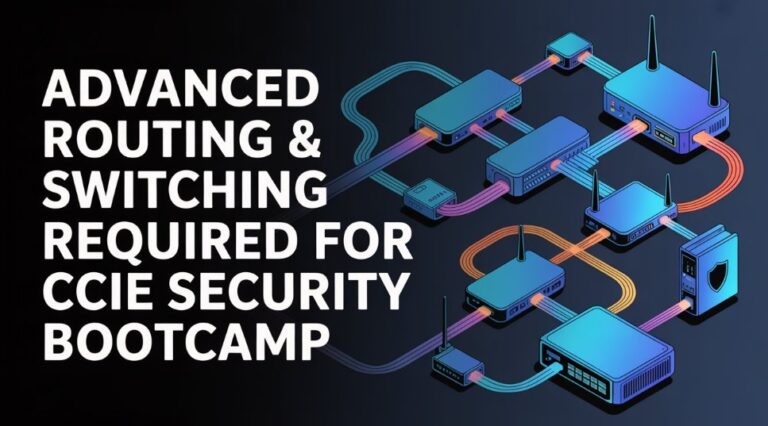
Mobile apps play a big role in how businesses reach and serve their users today. Android and iOS platforms dominate the mobile space. Each platform comes with its own design, tools, and user base. Businesses often need apps tailored to specific users and needs. That’s where a mobile app development company in USA can help by offering custom mobile app development services for Android and iOS. These apps match your brand, support your goals, and meet exact user demands.
What Is Custom Mobile App Development?
Custom app development means building an app from the ground up. Unlike ready-made apps, custom ones match your exact business needs. They support unique features, branded visuals, and flexible design.
Custom development lets you choose what matters most – features, layouts, and workflows. The process starts with your idea and ends with a fully functional mobile product.
You get to pick how the app behaves, looks, and connects with users. It’s built with your operations in mind. This approach helps avoid clutter and focuses only on useful features.
Why Businesses Choose Custom Mobile App Development
Businesses turn to custom apps for good reasons. First, these apps reflect their brand clearly. You can design every screen to match your identity.
Second, custom apps grow with your business. You can add new features anytime without starting over. This helps in managing growing demands and user feedback.
Third, these apps often perform better. Since they are designed for a specific purpose, they work faster and smoother. You can also focus more on user experience, which leads to better retention.
Finally, data security becomes easier to control. Custom apps can be built with the latest safety measures to protect your information.
Android vs iOS App Development: Key Differences
Android and iOS may seem similar, but they work very differently. Android apps are built using Java or Kotlin. iOS apps use Swift or Objective-C. Each language has its own rules and coding style.
Device coverage is another key difference. Android apps must work on many phone models. This takes extra testing and design work. On the other hand, iOS apps run on fewer devices. But Apple has stricter guidelines for design and approval.
Also, updates work differently. Android lets users skip updates, while iOS pushes updates faster. This changes how developers maintain apps after launch.
Monetization also varies. iOS users often spend more on apps, while Android has a larger global reach.
Types of Custom Mobile Apps You Can Build
Custom mobile apps support various industries. Here are a few types you can build:
- • E-commerce apps
Help users browse, buy, and track orders easily. - • Healthcare apps
Let patients book appointments and track health reports. - • Fitness and wellness apps
Guide users through workouts, meals, and daily goals. - • Learning apps
Support students, tutors, and course creators with lessons and tracking tools. - • Travel and booking apps
Help users plan trips, book hotels, or track flights. - • Banking and fintech apps
Offer secure ways to manage money, pay bills, and view transactions.
Each app type serves different goals but shares a common need: functionality, speed, and ease of use.
Key Features to Include in Android and iOS Custom Apps
Every app should support the core features users expect. These include:
- • Easy login and signup
Let users start quickly with phone, email, or social logins. - • Push notifications
Keep users updated on orders, messages, or reminders. - • Offline support
Let users access some features even without the internet. - • In-app payments
Allow secure purchases through trusted gateways. - • User-friendly layout
Help users move from one screen to another with ease. - • Chat support
Give users a way to ask questions and get help. - • GPS tracking
Useful for delivery, transport, or location-based services.
Features depend on the app type. But these basics give a strong foundation.
Custom Android App Development: Process and Best Practices
Custom Android app development starts with planning and requirement gathering. You define your goals and target users.
Next comes wireframing. This step helps design the screen flow and layout. It sets the base.
After design, development begins using Java or Kotlin. These languages work well with Android Studio.
You should test your app on various Android devices. This reduces display or function issues.
Publishing the app on Google Play involves uploading APKs, writing descriptions, and setting pricing if needed.
Key practices for Android:
- • Use Material Design guidelines
- • Keep UI clean and simple
- • Avoid too many background tasks
- • Secure app permissions properly
- • Always test on different screen sizes
Android offers flexibility. But its variety of devices means more testing and detailed UI adjustments.
Custom iOS App Development: Process and Best Practices
Custom iOS app development begins with the same planning phase. You define your app’s goals and user flow.
Design is next. Apple values visual consistency, so designs should follow Human Interface Guidelines.
Apps are built using Swift or Objective-C in Xcode. Developers prefer Swift for its cleaner syntax.
Testing happens on simulators and real devices. Apple’s quality standards demand smooth performance.
Publishing on the App Store involves account setup, app details, screenshots, and app review.
Best practices for iOS:
- • Follow Apple’s design and layout rules
- • Keep navigation simple and gestures clear
- • Avoid slow load times
- • Add dark mode support if possible
- • Stay within Apple’s privacy policies
iOS development requires precision. But the outcome often feels polished and reliable.
Custom App Development Tools and Technologies
A successful app needs the right tools. Let’s look at what powers Android and iOS apps.
Android Tools:
- • Android Studio: The main IDE for development
- • Java/Kotlin: The official languages for Android
- • Gradle: Helps build and manage app dependencies
- • Firebase: Supports push notifications, crash logs, and real-time database
- • Emulators: For testing on virtual Android devices
iOS Tools:
- • Xcode: Apple’s IDE for building iOS apps
- • Swift/Objective-C: Native programming languages for Apple platforms
- • TestFlight: Helps test apps before publishing
- • Instruments: For debugging and performance tracking
- • CocoaPods: Manages external libraries in iOS projects
Cross-Platform Tools:
If you want one codebase for both platforms, consider:
- • Flutter: Uses Dart; offers fast development and a native-like feel
- • React Native: Based on JavaScript; allows sharing UI code across platforms
- • Xamarin: Uses C# and targets both Android and iOS
Each stack suits different goals. Choose based on your app type, timeline, and performance needs.
Benefits of Hiring a Professional App Development Company
Building an app is not just coding. It needs research, design, testing, and support.
A professional team helps manage the process from start to finish. This saves time and effort.
They start by understanding your business and users. Then they suggest the best tech stack.
With experts, you also avoid major bugs and performance issues. They follow coding standards and test well.
Other key benefits:
- • Clear project timeline and milestones
- • Skilled designers for a better user interface
- • Dedicated testers to catch issues early
- • Secure backend systems
- • Support after launch for fixes and updates
Experienced developers also help you choose between native and cross-platform apps.
They build with future growth in mind. You get better results and long-term stability.
Common Challenges in Custom Mobile App Development
Every project has risks. Knowing these helps reduce delays and issues.
Budget overruns:
Extra features or design changes can increase cost. Set clear limits from the start.
Device compatibility:
Your app should work well on all target devices. Testing helps fix layout or crash issues.
Longer timelines:
Custom apps take time. Make sure you plan for that.
Security gaps:
If not coded well, apps can be hacked. Use secure coding and encryption methods.
User feedback loop:
Launch is not the end. You need to fix issues and add new features later.
Working with a skilled team reduces many of these risks.
Cost Factors of Custom Mobile App Development
Custom apps come at a wide range of prices. Cost depends on your choices and goals.
Let’s look at the major factors that shape the final cost:
- • Platform choice: Android, iOS, or both
- • App complexity: Basic, mid-level, or advanced features
- • Design work: Simple layouts cost less than high-end visuals
- • Third-party tools: Extra integrations add to the total budget
- • Backend setup: Secure databases or admin panels cost more
- • Location of developers: Costs vary based on region and expertise
Estimated ranges (may vary based on needs):
- • Simple app: $8,000 to $15,000
- • Medium app: $15,000 to $40,000
- • Complex app: $40,000 and up
Costs also include post-launch support and updates. Always plan for those.
Why Choose Shiv Technolabs for Custom App Development?
Shiv Technolabs brings skill, experience, and care to mobile app projects.
We build Android and iOS apps that match business goals and user needs.
Our team handles every step—from research to launch and beyond.
Why work with us?
- • Clear communication at every stage
- • Skilled developers for each platform
- • Fast issue resolution
- • Quality control through testing and reviews
- • Post-launch help and regular updates
We treat each project with focus and care. Our goal is to build apps that work—and keep working.
Whether you’re a startup or an enterprise, we can build what you need.
Also Read: Selecting The Right Strategy For Ios And Android App Development
Conclusion
Custom mobile apps help businesses connect with users on a deeper level.
They match brand goals and offer smooth features across Android and iOS.
From design to launch, every step matters. The right features, tools, and testing make the difference.
By choosing the right team, you save time and avoid costly mistakes.








